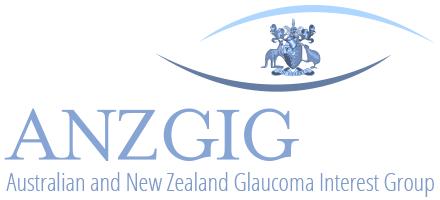CENTRAL RETINAL ARTERY OCCLUSION
What is Central Retinal Artery Occlusion?
Who Does Central Retinal Artery Occlusion Affect?
How Does Central Retinal Artery Occlusion Occur?
- thrombus formation or an embolus (clot) causing occlusion. The origin of the clot is usually the carotid artery or the heart
- trauma
- vasculitis.
Causes of Central Retinal Artery Occlusion?
- High blood pressure (Hypertension)
- Obesity
- Diabetes
- Smoking
- High cholesterol (Hyperlipidemia)
- Coagulopathy disorders
- Male gender
- Age above 60
- Cardiovascular disease e.g. atrial fibrillation
Symptoms of Central Retinal Artery Occlusion
Types of Central Retinal Artery Occlusion
How is Central Retinal Artery Occlusion Diagnosed?
- Eye Examination
- Optical Coherence Topography (OCT) is used to visualize retinal atrophy and swelling.
- Fluorescein angiography
How is Central Retinal Artery Occlusion Treated?
- pharmacological (systemic steroids, anticoagulation therapy, medicines to reduce intraocular pressure)
- ocular massage,
- hyperbaric oxygen therapy and
- carbogen inhalation therapy.










